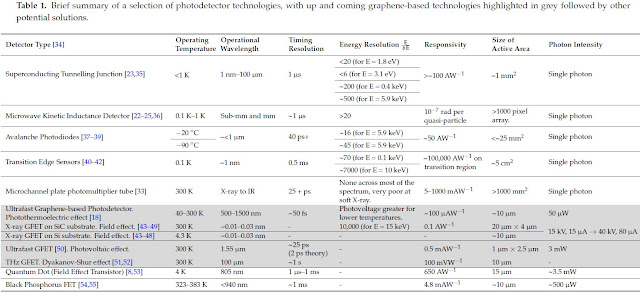Canon manufactures its image senors at two plants in Kanagawa Prefecture near Tokyo and one in southern Japan's Oita Prefecture. So far, all the capacity is used in the company's digital cameras and some video cameras. With the camera market shrinking, Canon aims to offset a decline in sensor output.
Not to clash with Sony and others already holding substantial shares of the market for general-purpose CMOS sensors, Canon intends to supply specialized devices for automotive and industrial applications. Besides cars and robots, it envisions its sensors helping guide drones, as well as sharpening the vision of traffic-monitoring systems. However, other image sensor manufacturers are also pursuing automotive and industrial applications.
Canon's in-house supply of CMOS sensors ranks fifth in the world in terms of value, with a roughly 5% market share, according to Tokyo-based TSR. Sony leads the market, with a 40%-plus share, followed by Samsung Electronics at nearly 20%.
Canon is working on Super Machine Vision (SMV), a next-generation vision system that surpasses the abilities of the human vision system, by leveraging its dual-pixel AF from cameras and business machines while also taking advantage of the image-recognition and data-processing capabilities employed in face-detection and character-recognition technologies.
In an unrelated news, Canon develops a global shutter CMOS sensor that achieves expanded DR through new drive method. When the newly developed CMOS sensor converts light into electrical signals and stores the signal charge in memory, the new drive system is said to achieve a significant expansion in full well capacity. Also, because it employs a structure that efficiently captures light and each pixel incorporates an optimized internal configuration, the sensor makes possible increased sensitivity with reduced noise. The expanded full well capacity, realized through the sensor’s new drive system, and substantial reduction in noise, enabled by the new pixel structure, combine to deliver a wide dynamic range, facilitating the capture of high-image-quality, high-definition footage even when shooting scenes containing large variances in brightness.
Canon will explore various industrial and measurement applications for the newly developed CMOS sensor and consider deploying it in the field of video production for cinema production applications, TV dramas, commercials and more.
 |
| Canon GS WDR sensor prototype |
Update: The GS WDR sensor announcement appear to be Canon marketing answer on the critics of its new full-frame 5D IV DSLR. DPReview, among other sites, says that the rolling shutter artifacts are quite significant and the DR is noticeably lower than the competing full-format cameras.











































